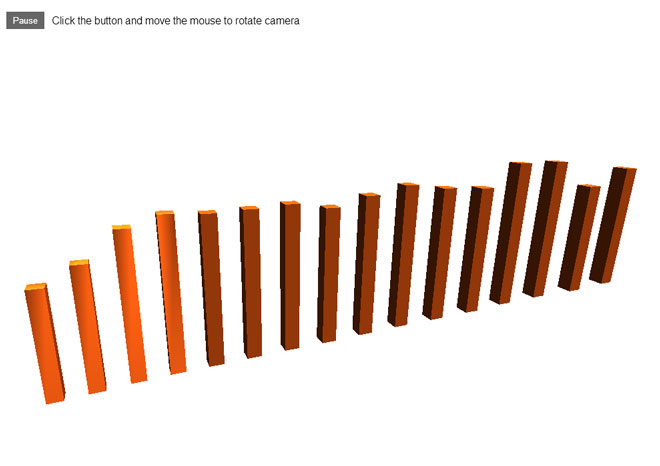I struggled with SVG, creating an early protoype of a mobile webapp. I wanted to create an interesting background for the webapp. It needs to be resolution independent and scalable without quality loss, SVG seems the best choice because of the vectors.
My initial thought was to make a 9-slice attempt for SVG. However since the app should be used with a phone in portrait orientation and I felt that repeating parts of the background would not be sufficient for final app. Therefore stretching should be full isze and strechable.
Steps
First I created an illustrator file with the symbol sprayer to create a framelike graphic, I exported it as svg with the default setting with “Save for web”. You can see the example below.

Secondly make sure the svg element has the folowing style:
position: absolute; width: 100%; height: 100%;
The trick is to make sure that the width and height of the input SVG in pixels matches the width and height of the viewbox, and that the start corner matches you desired result. Viewing the examples makes it more clear.
Examples
SVG properties
As you can see Illustrator defaults the viewbox as desired. Is moves the mask (viewbox) to the position 166.646, 114.09 of the dimension of the available vector art in the drawing.
x="0px" y="0px" width="100%" height="100%" viewBox="166.646 114.09 720 1280" preserveAspectRatio="none" meetOrSlice="slice"
example : undesired result now it shows all the artwork
SVG properties
In this example the viewbox contains all the available vectors in the illustrator file.
x="0px" y="0px" width="100%" height="100%" viewBox="0 0 994 1517" preserveAspectRatio="none" meetOrSlice="slice"
Code
The examples and the illustrator file can be downloaded from Github

